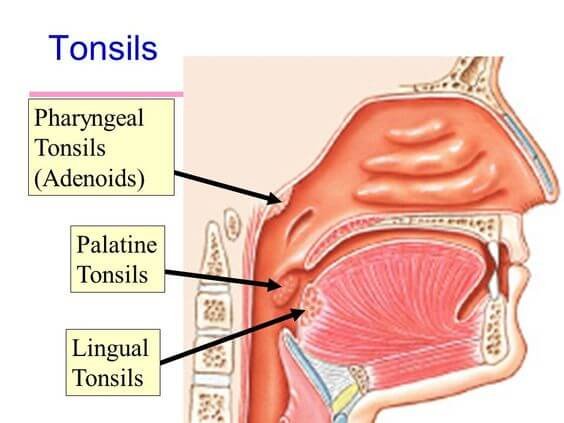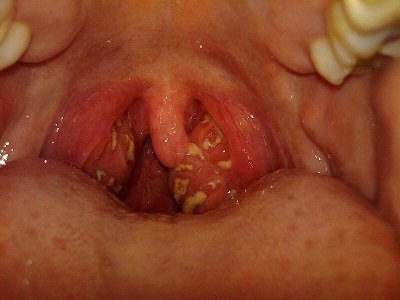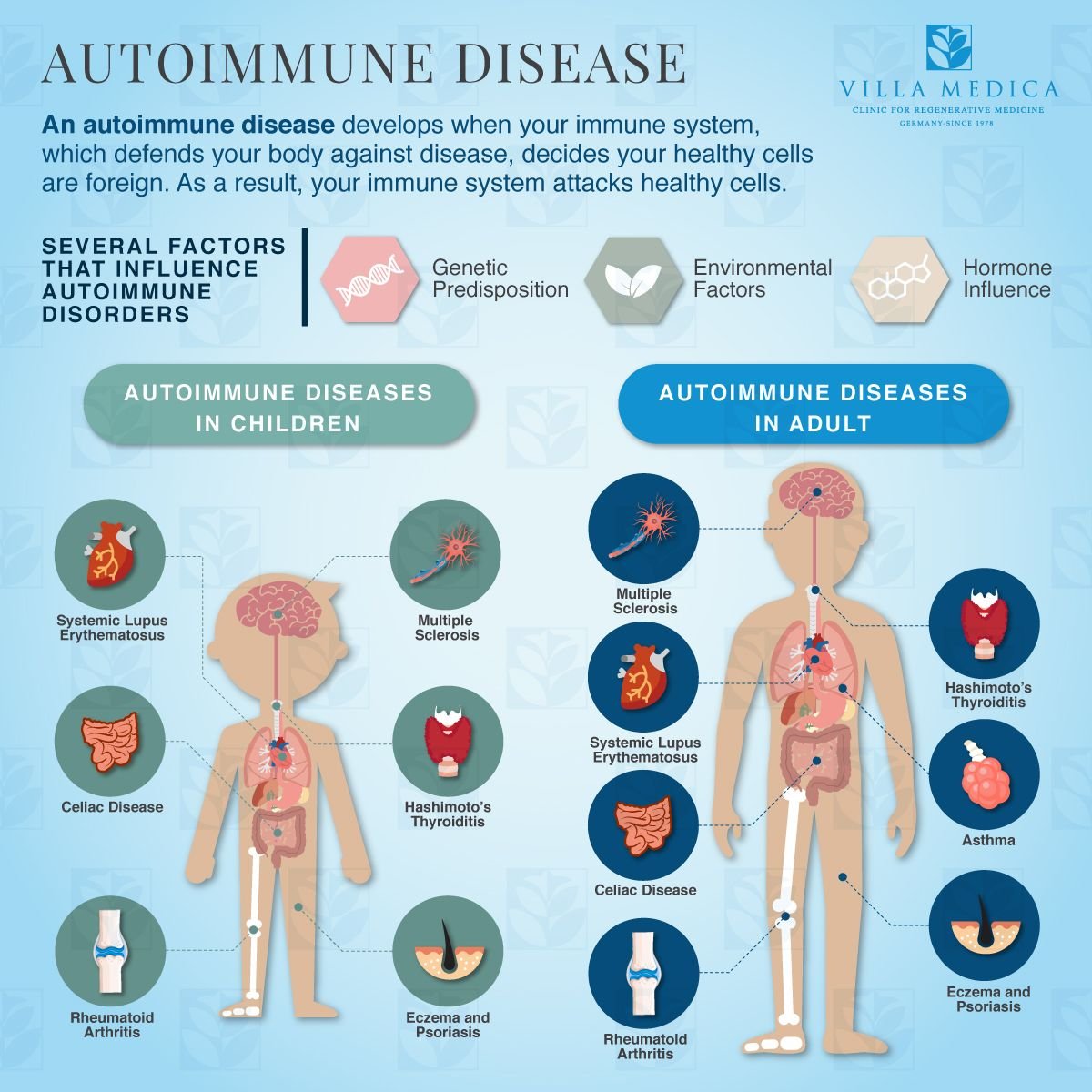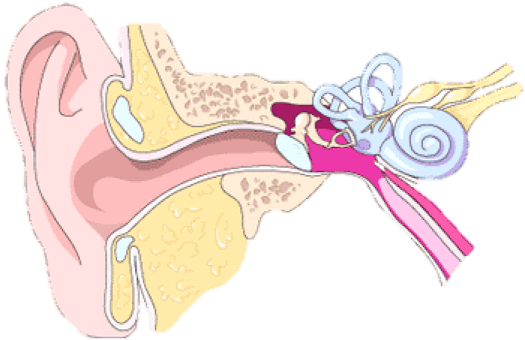- Cupping / Hijama Treatment Plan
- Body Part / Function Involved
- Symptoms and Effects
- Dietary Changes
- Lifestyle Changes
- Alternative Remedies
Information on this site shall be considered as holistic, alternative and spiritual advice only. For medical advice and treatment a GP, medical professional and/or Certified Hijama Therapist should be consulted. In all circumstances where lifestyle changes, supplements, or other foods are suggested your GP should be consulted. Client Safety is the number one priority.
Complete Hijama Treatment Plan for Tonsils, Throat, Gums, Teeth, and Middle Ear Issues
Allow 2-4 weeks between sessions – longer if required. Hijama Points shown for each session should ONLY be used to guide the therapist. Body size, cup size, and any other conditions need to considered and appropriate care and attention taken. The number of sessions shown can be increased or reduced depending on the condition of the client.
Complete Treatment Plan
Click here for Session 1Click here for Session 2
Click here for Session 3
Standard Wet Points – 1,55,20,21,41,42,120,49,114,43,44
Click here for Hijama Points on the front of the bodyClick here for Hijama Points on the back of the body
If the client has a complicated history and numerous concerns then it is a good idea to use our online consultation service – click here.
Which body part or function is involved in Tonsils, Throat, Gums, Teeth, and Middle Ear Issues?
Throat
Comprise of pharynx and larynx is a ring-shaped muscular tube starting behind the nose and extend to the neck region. It functions as a passage for food and air and connects the oral cavity and nose to the lungs via the trachea and the stomach via the esophagus.
The throat consists of:
Tonsils:
these are lymphatic tissues present in the pharynx of the throat and contain macrophages, T cells, and B cells. Tonsils play important role in fighting the pathogens that enter through the nasopharynx and oropharynx as a first line of defense.
Larynx:
Also called voice box, the larynx consists of numerous cartilages the largest is called the cricoid that is connected to the upper part of the trachea. The cricoid is a complete ring in structure differing from the tracheal cartilages that are open at the back making them appear like horseshoe. On top of this cricoid cartilage is the thyroid cartilage
Pharynx:
The muscular part that connects the mouth and nose to the larynx and esophagus.
Teeth:
Teeth are the hardest essential part of the human body required for chewing food and speech there are various parts of teeth that make up the structure including:
- Enamel: the outer white part of the teeth made up of phosphate, calcium, and other minerals.
- Dentin: Next to enamel is present this hard tissue layer consists of microscopic tubes.
- Pulp: The softer inner part of teeth that contains blood vessels and nerves running through it.
- Cementum: The binding connective tissue layer that binds teeth to the gums and jawbone.
- Periodontal ligament: A tissue layer that keeps teeth intact by holding them against the jaw.
- Gums: these also named gingiva are mucous membrane-covered, connective tissues that surround the teeth as they appear in the oral cavity. In their healthy condition, these are pink in color and are not sensitive to heat, pain, and pressure.
Middle ear
Present in the temporal bone middle ear is an air-filled cavity that is covered by auditory ossicles consisting of three small bones stapes, malleus, and incus. The sound waves from the tympanic membrane are received by the auditory ossicles and transfer to the inner ear.
What are the symptoms and effects of Tonsils, Throat, Gums, Teeth, and Middle Ear Issues on the body?

Throat Diseases
Sore throat:
- The most common problem that people suffer from is a sore throat that can be caused by cold, dry air, allergy, or infections. If not treated this condition can get worse over time leading to pain, difficulty swallowing, or loss of voice.
Tonsillitis:
- This is the inflammation of the tonsils the oval-shaped tissue pads present on each side of the throat. The common sign and symptoms of tonsillitis are sore throats, tonsil swelling, difficultly swallowing. Most of the time tonsillitis is caused by some viral or bacterial infection. Timely diagnosis is important for the treatment and removal of tonsils by surgery is a common practice.
Common dental and gum conditions include:
- Cavities/Caries: These are caused due to bacteria that damage the teeth’ enamel and penetrate the sensitive layers of the teeth. It frequently affects the molar and premolar teeth.
- Gingivitis: It is the inflammation of the gum surface surrounding the teeth crown and can be triggered by plaque build-up in the teeth.
- Periodontitis: The inflammation of the periodontal ligaments due to poor oral hygiene.
- Plaque: This a transparent sticky layer of bacteria that can build up quickly when a person eats sugary food. Proper brushing can get you rid of this.
- Tarter: It is the harder form of plaque that keeps building around the teeth if not removed by proper brushing.
- Sensitive teeth: This is caused when the dentin part of a tooth is exposed making it sensitive to hot and cold.
Middle ear Diseases
- Ringing in the ear/ Tinnitus: common condition in which a person hears a continuous ringing or other noises in the ear that are not caused by an external sound and are not heard by the people a normal hearing. This a common condition specifically in aged people and affect about 10% of the American people. There are various factors that can lead to tinnitus including the normal aging process in people, abnormality in the circulatory system, any injury that affects the ear. These tinnitus symptoms can be improved by treating the underlying health condition. Most commonly tinnitus causes a ringing sound in the ear that is not present in real but some other sounds like humming, roaring, hissing, buzzing, grinding, whistling, or clacking can also be heard by the affected person.
- Middle ear infection – It is also known as otitis media that occurs due to inflammation in the eardrum caused by some viral or bacterial infection. This commonly affects children and about 80% of the children get ear infections by the age of 3 years. The symptom of infection includes pain in the ear, sleep difficulty, fever, ear tugging, discharge from the ear, hearing issues, loss of appetite, balance issue, nausea or vomiting.
What changes in diet can help improve symptoms of Tonsils, Throat, Gums, Teeth, and Middle Ear Issues?

- When you have a sore throat take food that is soft and easier to swallow, eat soup or stew, oatmeal, or cereal softened in milk.
- For dental and gum problems avoid sugary food, soda drinks, take a low carbohydrate diet, omega 3, a diet rich in fiber, vitamin C, D.
- To prevent ear infection proper diet, play a crucial role one should include fruits, vegetables, protein diet, whole grain and avoid milk and sugar.
Changes in lifestyle which can help Tonsils, Throat, Gums, Teeth, and Middle Ear Issues
For throat problems like sore throat, common symptoms are dryness and feeling of scratchiness so taking enough fluid and staying hydrated can relieve pain. Avoid the stuff that causes allergies and triggers throat infection.
For dental and gum problems make a habit of brushing your teeth after having every meal, use dental floss and visit your dentist if you are having bleeding gums, sensitive teeth, sores in the mouth to identify the issue early.
In case of ear infection avoid smoking as it increases your chances of getting an ear infection. Wash your hands often to avoid the risk of ear infection as ear infection is mostly caused due to viruses like the cold.
Possible alternative remedies for Tonsils, Throat, Gums, Teeth, and Middle Ear Issues
- If you have a sore throat or other throat problem take plenty of rest, do saltwater for gargles, drink plenty of fluids, use lozenges, avoid alcohol and caffeine.
- If you have gum pain rinse your mouth with warm salt water, use a hot or cold compress, use clove or turmeric powder for pain relief, use a warm tea bag directly to the affected gums. To treat toothache salt rinse, cold compress, hydrogen peroxide rinse, use crushed garlic, vanilla extract to relieve pain.
- Ear infections are not always bacterial and do not require antibiotics, use some natural treatments like a warm or cold compress, olive oil, do not put pressure on the affected ear while sleeping, use the ginger extract of oil around the ear, use garlic-soaked olive oil.




